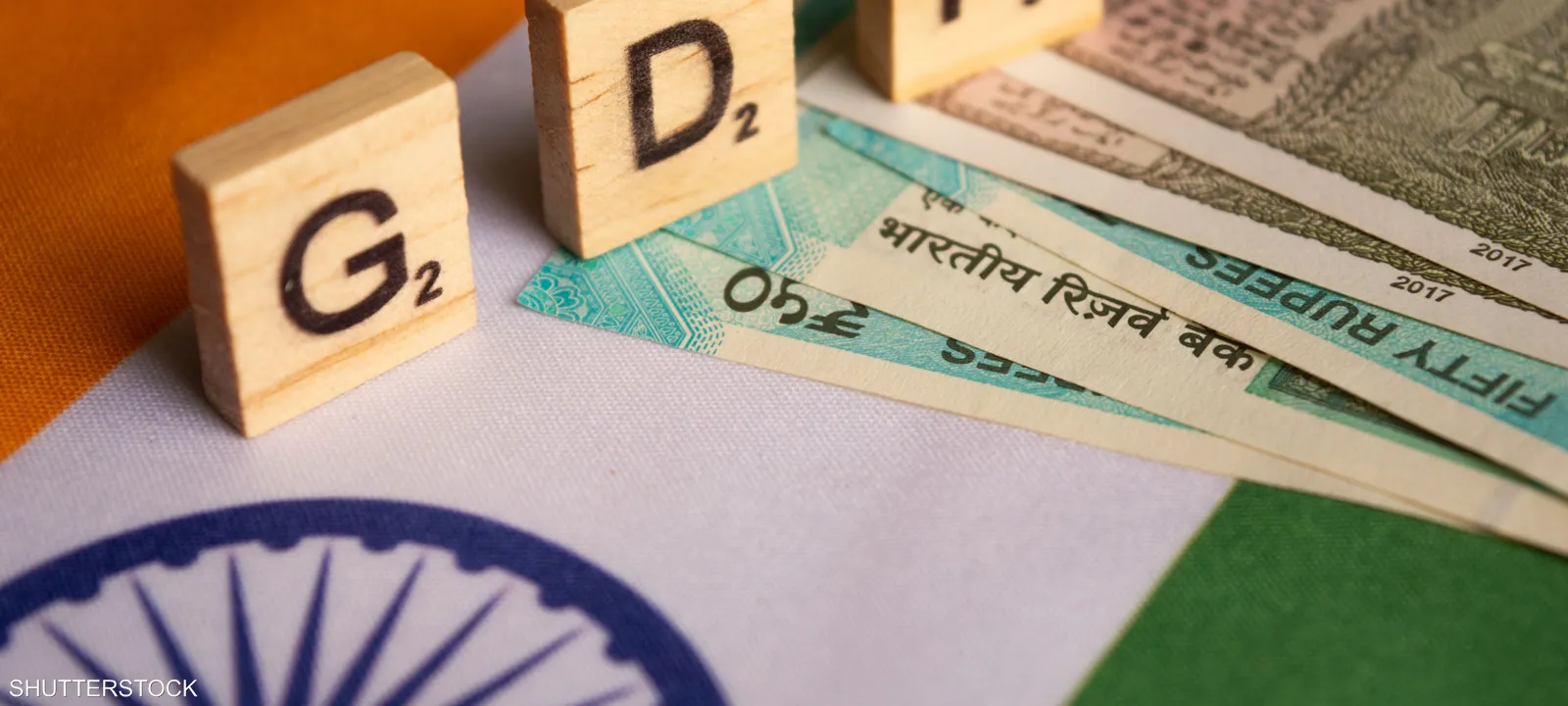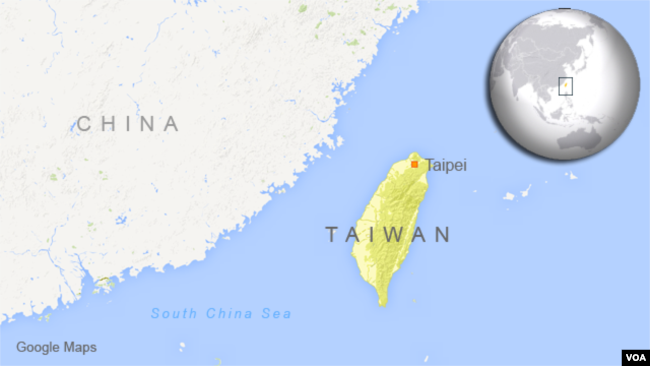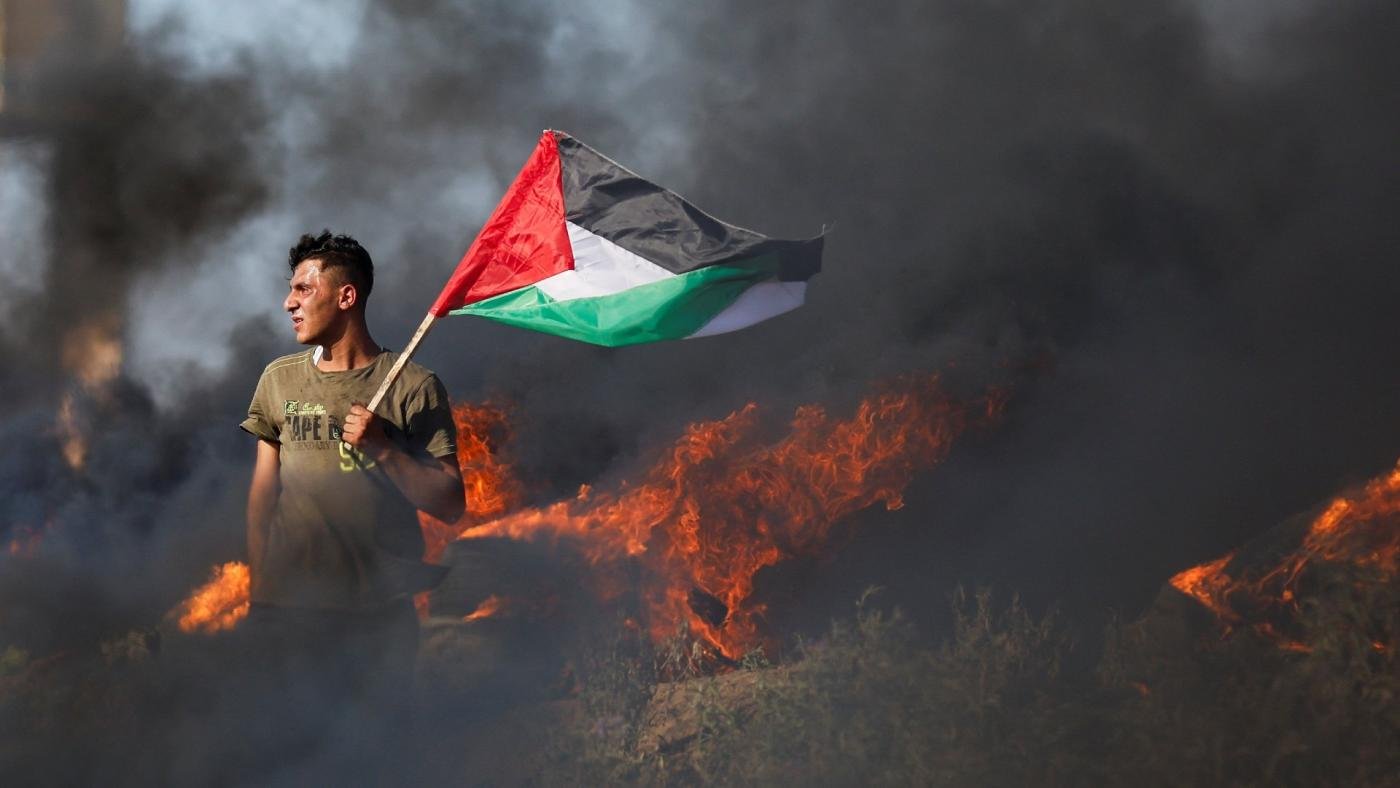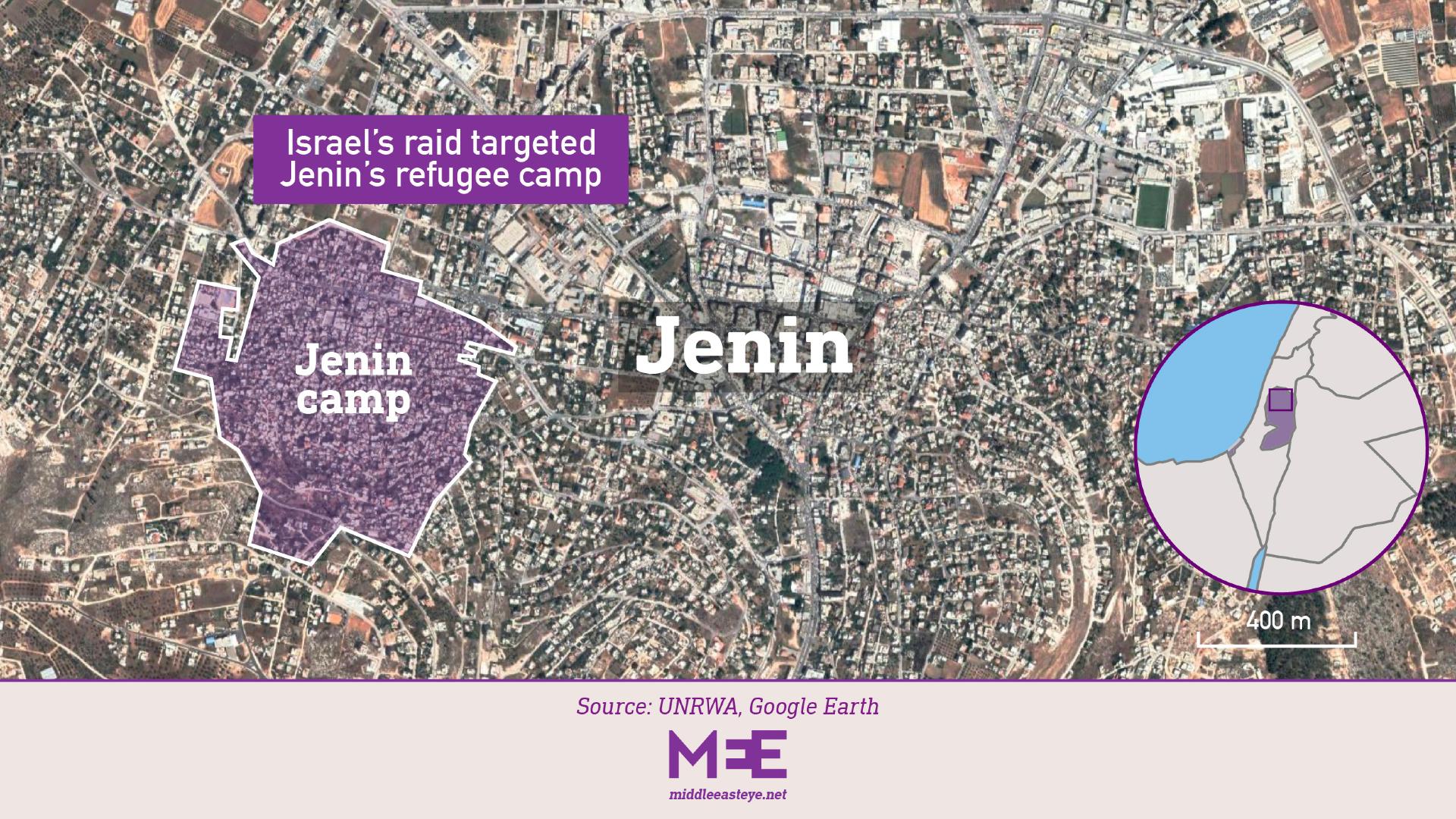
The Tale of Two Invasions: What the Last Attack on Jenin Tells Us About Israel Now
Tareq Baconi
Our screens are filled once again with images of weeping women, children, and the elderly marching down the street with their hands raised or waving white garments from slow-moving vehicles. Palestinians have seen this before, having lived through a long history of expulsions from their homes and villages under the threat of fire.
The newest images came in last week during the Israeli invasion of the Jenin refugee camp in the occupied West Bank. Reporters and ambulances of the Palestinian Red Crescent, which struggled to reach the injured, were impeded by military obstacles.
At a Fourth of July event in Jerusalem, Prime Minister Benjamin Netanyahu said that the Israeli Army had attacked “the most legitimate target on the planet — people who would annihilate our country.” He was referring to months of armed resistance against Israeli settlers by young men in the Jenin refugee camp.
More than 20 years ago, another right-wing prime minister, Ariel Sharon, led an extensive military campaign against the same refugee camp. It was two years into the second Palestinian uprising. Palestinian suicide bombers, some of whom hailed from Jenin, had rocked Israeli streets. In response, the Israeli Army invaded the West Bank and ravaged the Jenin refugee camp, then, as now, a center of Palestinian resistance.


The two invasions unfolded in vastly different contexts. Between 2002 and 2023, the illusion of partitioning the land into two states disintegrated. It exists now only in diplomatic talking points, hollowed out of all meaning, and replaced by a consensus among international and Israeli human rights organizations, including B’Tselem, Human Rights Watch and Amnesty International, that Israel is practicing the crime of apartheid against Palestinians, vindicating what Palestinians have long believed.
For most Jewish Israelis, this shift is barely perceptible, as they continue to be effectively sheltered from the cost of their government’s policies toward Palestinians. The Palestinians, meanwhile, are experiencing growing despair and fatigue, ground down by the daily structural violence. With the absence of any hope for statehood, and with no viable political leadership to lead the struggle, some take matters into their own hands through armed and unarmed forms of resistance, others are apathetic or preoccupied with the crippling effort to support their families, and many live in fear.
In 2002, though round after round of American-mediated negotiations had faltered, there was still the hope — and the expectation — that a peace process would resume. The two-state solution was touted as the only option for peace. The framework of territorial partition — that Israel would withdraw from the territories it had occupied in 1967 in exchange for peace with the Palestinians and its Arab neighbors — was the dominant policymaking approach.
But as the Second Intifada came to an end, Israel intensified practical measures to expand its occupation and undermine the two-state solution while maintaining the diplomatic pretense of engaging with peace efforts. With the financing of Western and Arab donors, Israel pacified the West Bank with neoliberal incentives even as it hollowed out the core of its economy and carved up the Palestinian territory with expanding settlements. It implemented security coordination measures with the Palestinian Authority, turning the Palestinian government into a key partner for managing local resistance. The Palestinian Authority, for its part, initiated an expansive state-building agenda as it sought to project an image of an authority with control, one that was setting the foundations of a future Palestinian state.
Under Mr. Sharon, Israel also unilaterally reconfigured its occupation of the Gaza Strip, dismantling its settlements and initiating a territorial disengagement that proponents of the two-state solution celebrated — perhaps genuinely, but naïvely — as a step toward peace, one that demonstrated the possibility of Israeli territorial withdrawal paving the way for eventual Palestinian rule.
Like Jenin, the Gaza Strip also has a history of resistance against Israeli occupation. With Hamas’s rise to power in 2006, Israel, in coordination with Egypt, tightened a hermetic blockade on the strip, effectively severing it from the rest of Palestine, and experimented with military techniques to force the population into submission.
Alongside food restriction policies and an economic chokehold, this took the form of devastating military assaults. The military referred to this doctrine as “mowing the lawn,” the approach of using disproportionate military force to periodically weaken Palestinian resistance and manage a restive population chafing against Israeli control.
Last week, Israel turned this military approach, perfected in the Gaza Strip, onto the West Bank, as it cordoned off the refugee camp in Jenin, pummeled it from the air and ground and destroyed crucial infrastructure for water and electricity as a form of collective punishment.
In the time between the two invasions of Jenin, Palestinians throughout the West Bank have been systematically funneled — through land expropriation, home demolitions and expansion of settlements — into isolated urban centers surrounded by land occupied by Israel. Just like Gaza, most urban centers in the West Bank can now be, overnight, entirely severed from the ecosystem around them, as was witnessed in Jenin.
Today, there is no need for Israeli officials to sugarcoat their policies for fear of diplomatic reprisal, or to mitigate against the presumption of eventual partition. The transformation of Israeli political culture that accelerated after the violence of the Second Intifada and the impunity Israel enjoys internationally have culminated in the most right-wing government in Israeli history.
In the two decades between these invasions, Israeli officials have rendered explicit their desire to consolidate what Israeli human rights group B’Tselem has called “a regime of Jewish supremacy” in all the areas under their control. Less than two weeks before the most recent invasion, Israel’s national security minister, Itamar Ben Gvir, prodded the government to launch a military offensive while urging an expansion of settlements in the West Bank. “There needs to be a full settlement here,” he said. “We have to settle the land of Israel and at the same time need to launch a military campaign, blow up buildings, assassinate terrorists. Not one, or two, but dozens, hundreds, or if needed, thousands.”
Meanwhile, the Palestinian Authority, teetering on the wreck of its plans for a state, has been irreversibly integrated into the structure of Israeli apartheid, maintaining a Bantustan-like authority that helps pacify its population for Israeli gains.
Beneath this evolving context is a singular constant: Israel’s ability to sustain its settlement of Palestinian territory without accountability, while equating Palestinian resistance to terrorism. That this framing has long been accepted among the major Western powers is particularly galling for Palestinians in the aftermath of the Russian invasion of Ukraine, where resistance to illegal occupation is hailed as heroic and supported by Western weapons and military training.
The international community has left Palestinians in a permanent condition of statelessness, denied the right to self-determination and self-defense. While Israeli officials use openly racist statements, like saying Israel should “wipe out” an entire Palestinian town, the Biden administration is pushing for Israel’s integration into the region through bilateral peace deals, building on the Trump administration’s Abraham Accords, with barely a nod to Palestinian rights.
Residents of the Jenin camp, some of whom had fled from their homes in what is now Israel in 1948, are refugees once again. And some of the toddlers who were in the camp in 2002 are now the young men of the Palestinian resistance. As the history of other struggles against apartheid and colonial violence have taught us, today’s children will no doubt take up arms to resist such domination in the future, until these structures of control are dismantled.
(Source: The New York Times)













